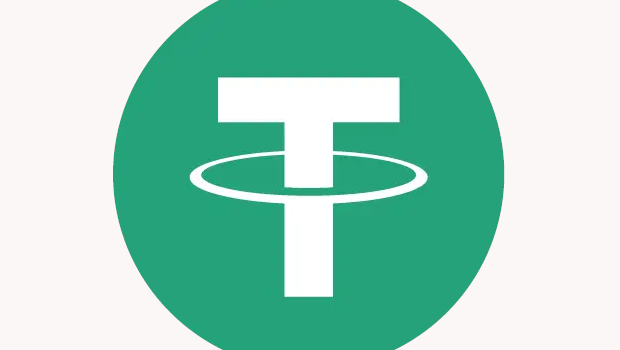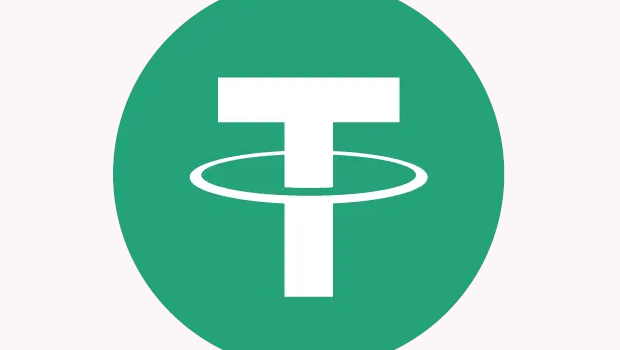
Starting next month, some major digital currencies, such as Tether, will disappear from the European crypto market due to new EU regulations. This change could significantly disrupt trading on European crypto exchanges.
Stablecoins are crypto currencies that are linked to a real currency, such as the US dollar, or to another cryptocurrency. The stablecoin is backed by that other currency, resulting in less volatile prices. A well-known example is Tether (USDT), which is linked to the dollar.
However, due to new EU requirements around capital and transparency, most of these stablecoins will be banned.
Tether, which currently holds 70% of its $160 billion market value, does not comply with the so-called MiCA (Markets in Crypto-Assets) Regulation. The currency will disappear from the European Union next month, and is already no longer tradable on several online trading platforms. Tether is still available on the larger exchange platform Kraken, but that platform is also considering a trading halt.
The banning of Tether will force European investors to look for other stablecoins when using crypto services outside of Europe. This could disrupt market liquidity and stability, warns analysis firm Steno Research. Because the European market is the only one applying the stricter rules, analysts fear that this will isolate the EU.
The CEO of Tether does not see things working out between his company and the European regulator European Banking Authority.
Currently, few stablecoins comply with the new EU rules. The world’s largest crypto exchange Binance and others are pinning their hopes on Circle’s USDC. That is the second-largest dollar stablecoin, which may be able to capture the market. Circle also has a small stablecoin linked to the euro, the EURC.
EUR CoinVertible from Societe Generale, one of the few approved stablecoins, may also play a role, although it hasn’t proved popular.
Tether itself is making no further moves to do comply with European rules. “Given the rules that hugely restrict access to crypto in the EU, it is clear that Europe is not waiting for it,” Tether CEO Paolo Ardoino said in an earlier interview.
In doing so, Ardoino falls mainly over the capital and coverage requirements imposed by the EU. Some 60% of the money Tether trades must be banked by the EU, to provide guarantees to investors. That is not the case, and Tether invests the money mostly in corporate bonds and other crypto currencies. It earns Tether decent interest income, but is thus risky for investors.








